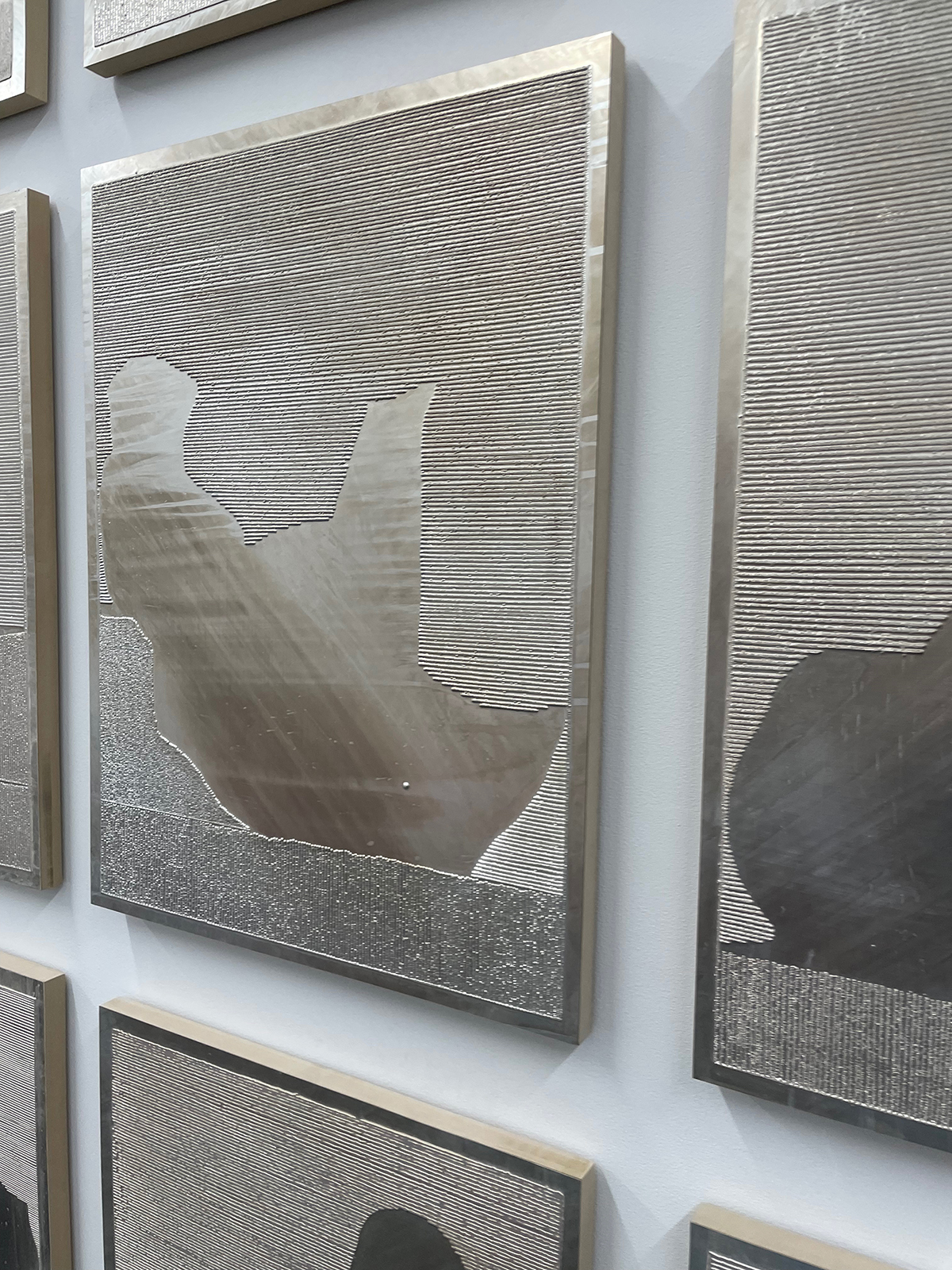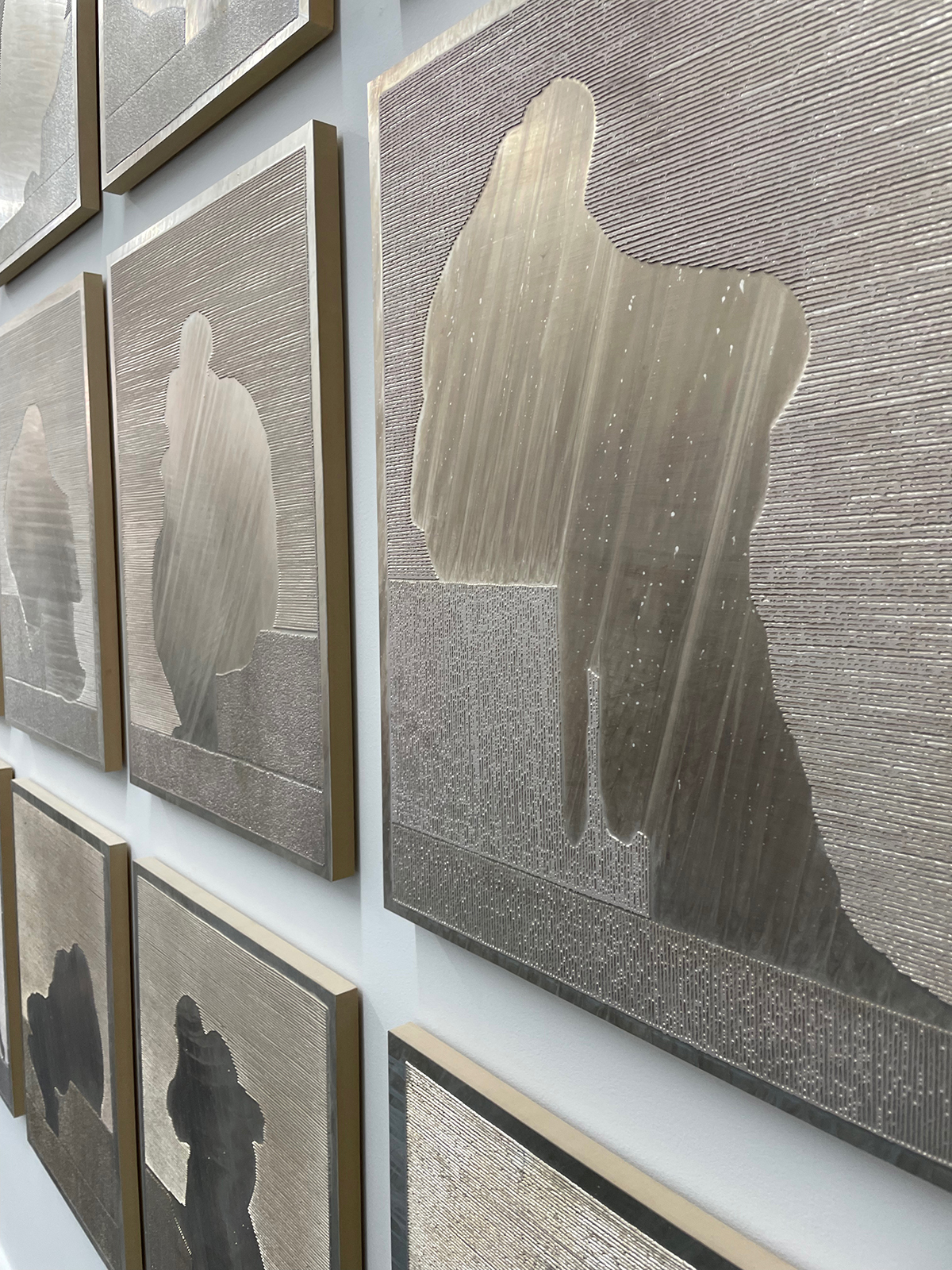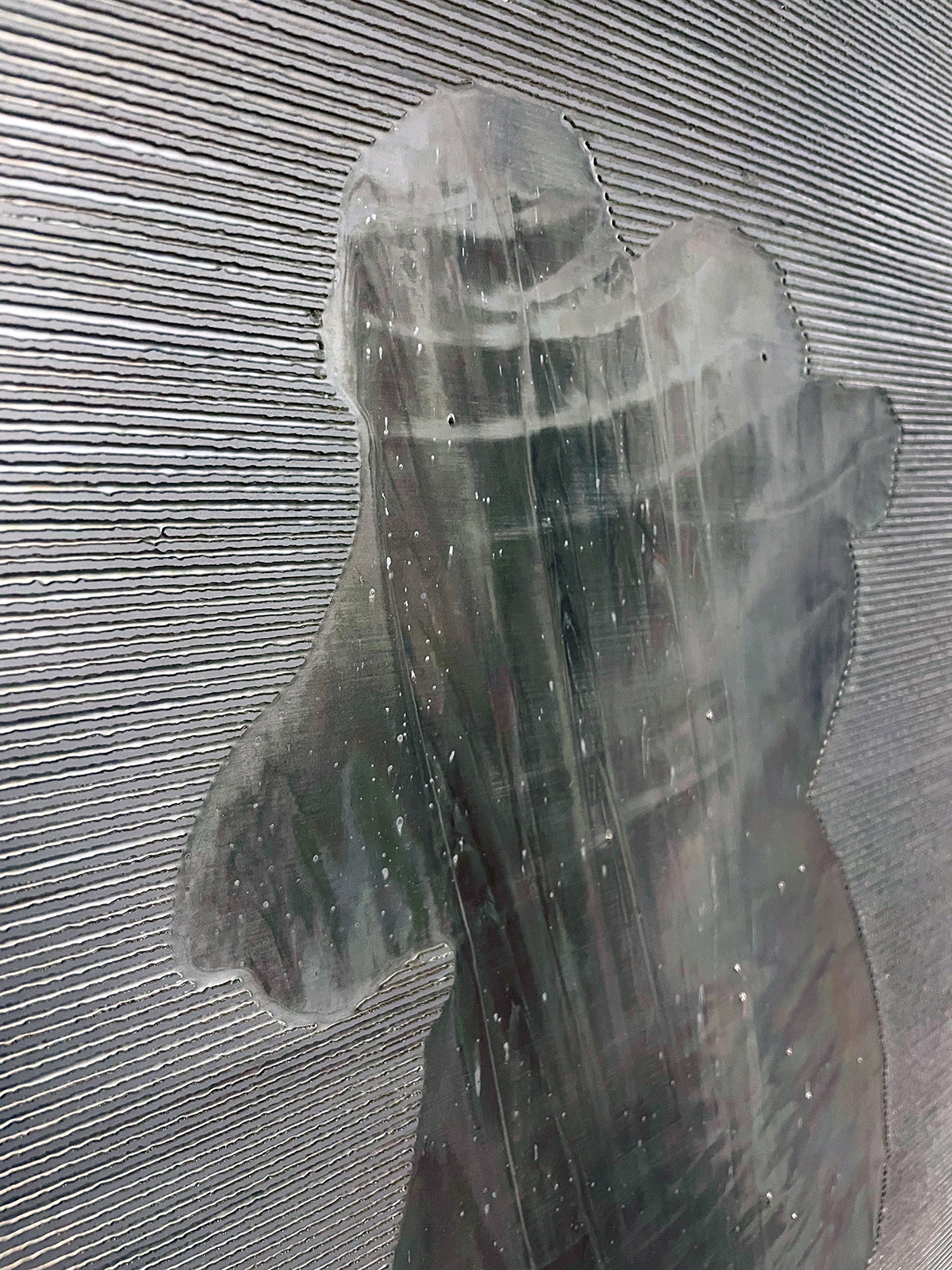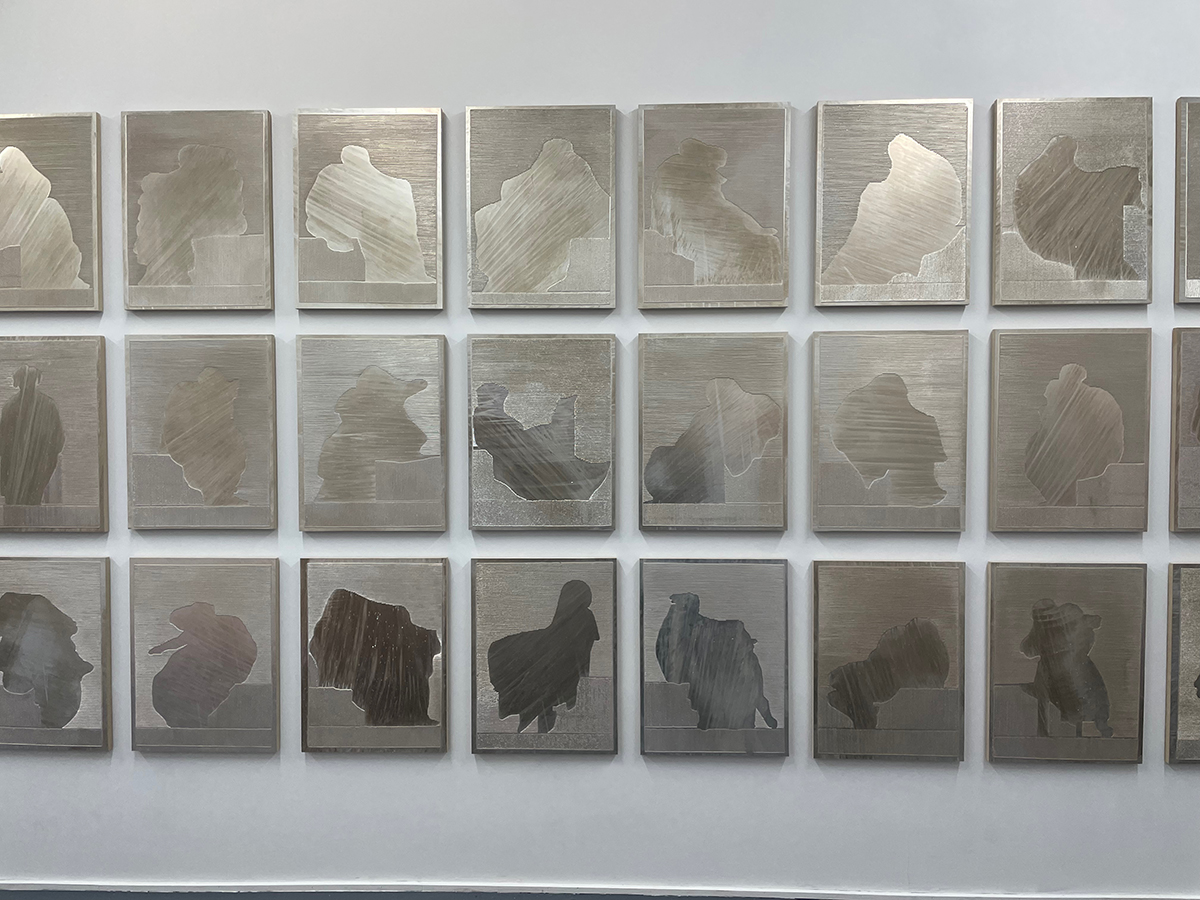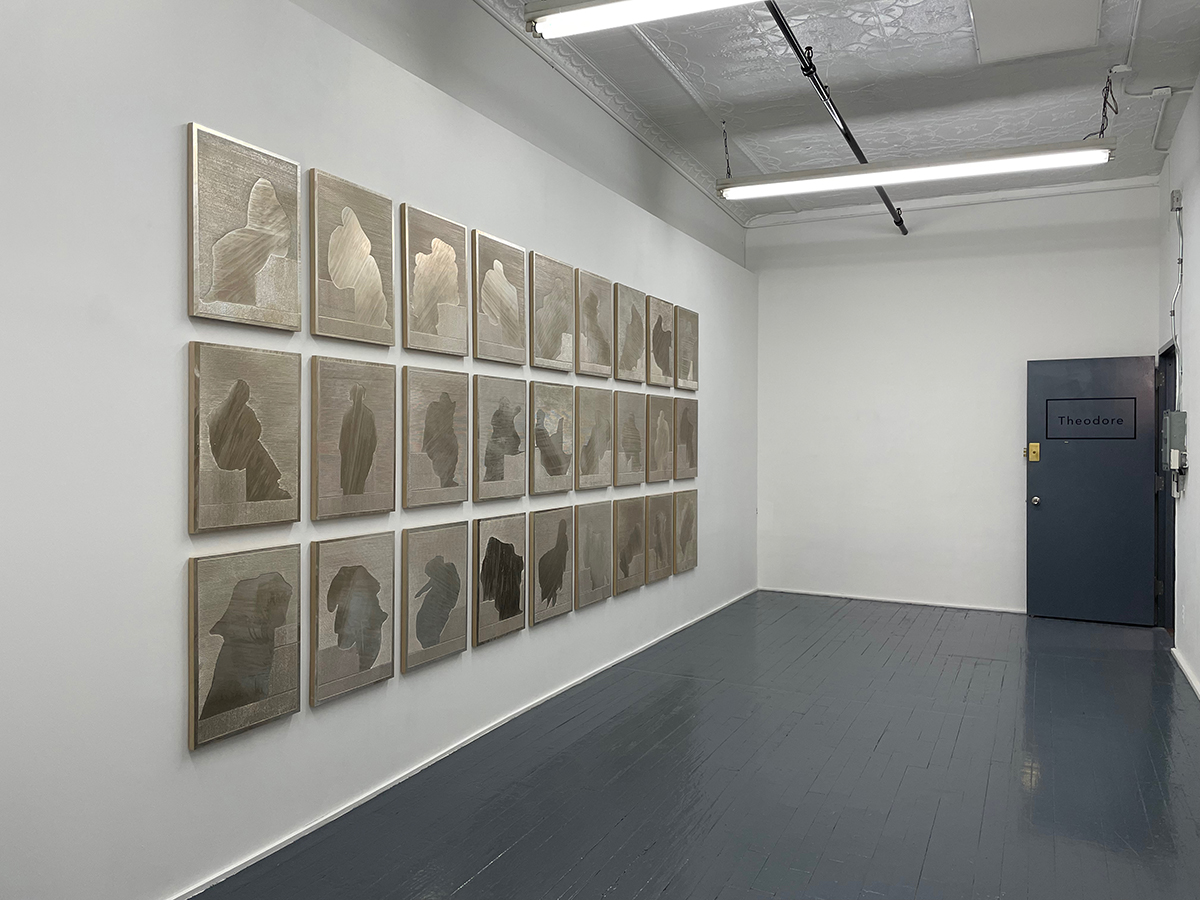
Andrew Witkin: After (After Ancestors)
March 1–April 6, 2024
Reception: Friday, March 1, 6–8 pm, Talk: Saturday, March 2, 3 pm
Theodore
373 Broadway #F10 (Buzzer 610), New York, NY 10013
Thursday through Saturday, 12–6 pm
A project with the assistance of Adamo Scultori, Agnes Chaffee, Agnes Martin, Aiko Miyawaki, Alan Belcher, Alexandra DeLaite, Alicia Mihai Gazcue, Alissa Farber, Allan McCollum, Alvin Case, Alvin Lucier, Amanda Brown, Amy Baker Sandback, Amy Witkin, Ana Tiscornia, Andrea Anastasio, Andrea Pitsch, Andrew Spindler, Anni Albers, Aretha Franklin, Artemis Kirk, Arthur Miller, Asa Greaves, Ashley Treni, Athena Kirk, Ava Restuccia, Barbara Krakow, Barbara Moskowitz, Ben Chaffee, Beth Kantrowitz, Beverly Bernson, Bill Callahan, Bill Jacobson, Bill Lassiter, Billy Winkworth, Bo Jackson, Bob Dylan, Bob White, Brendan Downey, Brendan Greaves, Brian Buckley, Brian Zink, Bronlyn Jones, Candace Doherty, Carl Andre, Cary Leibowitz, Ceal Floyer, Celia Pym, Charles Gaines, Charles Mingus, Charmaine Wheatley, Claire Femano, Constantin Brancusi, Daiki Suzuki, Damon Krukowski, Daniel Scholnick, David Fine, David Freilach, David Gray, David Marks, David Cleaton-Roberts, David X. Levine, Diana Scultori, Dick Albright, Dina Deitsch, Dottie Witkin, Douglas Weathersby, Edward Nygren, Elaine Sturtevant, Elijah Bernstein, Ellen Berkman, Elsa Moisey, Emily Alexander, Erika López-Torres, Erin Bolkema, Erwin Heerich, F. Carlo Schmid, Finn Alexander, George Adams, Giovanni Anselmo, Giuseppe Penone, Hanne Darboven, Herman Melville, Hiram Butler, Holly Getch Clarke, Janet Passehl, Jasper Johns, Jay Glushien, Jean-Yves Noblet, Jeannie Carlyn, Jeff Bergman, Jen Mergel, Jenny Watkins, Jenny Winkworth, Jeremy Ziemann, Jess Rosner, Jill Slossburg-Ackerman, Jim Harris, Jo Watanabe, Joan Baez, Joe Scanlan, John Cage, John Dewey, John Hanlin, John Kirk, John Kramer, John O’Neal, John Paoletti, John Stuart Gordon, Jon Witkin, Jonah Chaffee, Jordan Rosenblum, Joseph Grigely, Josh Pazda, Joyce Linde, Judith Butler, Judy Collins, Julian Opie, Kaatje Cusse, Karen Nelson, Kate Shepherd, Katie Rashid, Kay Rosen, Kelly Sherman, Kenneth Goldsmith, Kevin Garnett, Kiki Smith, Kimon Kirk, La Monte Young, Lara Cocken, Laurie Parsons, Leah Witkin, Lee Mingwei, Leslie Paoletti, Lila Kanner, Liliana Porter, Lindsay Griffith, Lisa Theorle, Lisa Young, Loki Kornfeld, Louise Lawler, Luis Croquer, Mahalia Jackson, Marcel Broodthaers, Marcel Duchamp, Marsha Ginsberg, Martha Rosler, Marvelous Marvin Hagler, Mary O’Grady, Masako Glushien, Mel Bochner, Merce Cunningham, Micah Lexier, Michael Asher, Michael Bernstein, Michelangelo Antonioni, Michelangelo di Lodovico Buonarroti Simoni, Michelle Fornabai, Mike Glier, Milton Kornfeld, Monique Momjian, Naomi Yang, Natalia Valeria Porter Bolland, Natasha Bernstein, Nina Felshin, Norah Cross, Otomo Yoshihide, Paul Kassabian, Paula Soares, Peter Ballantine, Peter Downsbrough, Peter Gidal, Peter Kaye, Peter Nesbett, Peter Sandback, Pieranna Cavalchini, Puffin D’Oench, Rachael Cross, Rajiv Dayal, Randy Hopkins, Rebecca Solnit, Rei Kawakubo, Rob Alexander, Robert Barry, Robert Bauer, Robert Feldman, Robert Huot, Robert Lax, Robert Mangold, Robert Ryman, Roger Conover, Roger Witkin, Ryan Cross, Sachi Cho, Samantha Greaves, Samantha Topol, Samantha Wallace, Sarah Baker, Shai Bernstein, Shelly Bancroft, Simon Lince, Skyela Heitz, Sol LeWitt, Stacey Downey, Stacy Stark, Stephanie Theodore, Stephen Prina, Steve Lubar, Steve Reich, Susan Stoops, Susanna Singer, Sylvia Plimack Mangold, Tatyana Gubash, Terry Albright, Thomas Brooks, Tim Albright, Tom Kuo, Tongji Philip Qian, Tony Cokes, Tony Feher, Topher Cox, Violet Moisey, Walter Payton, Will Oldham, Will Turvey, Yosef Glushien, Yves Klein, Ziv Bernstein, and Zoe Restuccia, among others.
After (After Ancestors), 2017-2024
Etched magnesium mounted to sustainable mdf
Each panel: 24 x 18 x 1 inches (61 x 46 x 2.5 cm)
Five unique variants per “image”

In the early 1500’s, Michelangelo painted the Sistine Chapel’s ceiling, including a series of lunettes that wrap the chapel ceiling’s edges which loosely depict “Ancestors of Christ.” When Michelangelo came back decades later and painted the “Last Judgment” in the same chapel, not only did he paint over prior work by Pietro Perugino, but by 1541, he also painted over two of his own lunettes.
In the 1560’s, Adamo Scultori, an engraver from Padua, depicted 32 of Michelangelo’s figures of Christ’s Ancestors, including several from the redacted lunettes. Apparently Scultori had created his images not from direct observation in the chapel, but from existing drawings, either by Michelangelo or by one of numerous other artists who had drawn them (a common situation in the burgeoning world of making, printing, publishing, and selling prints in the 16th century). Measuring approximately 5 x 4 inches each, Scultori’s engravings were most often purchased in volumes containing the whole group, but also sold individually. Furthermore, over the centuries, new impressions were printed from the original engraving plates with continual degradation to the details that Scultori had originally inscribed so carefully. Not only did the prints degrade over time but, of course, the physical pieces of paper that they were printed upon, age, change hands, and are “worse for the wear.”
Andrew Witkin originally became acquainted with Adamo Scultori while working on a curatorial project at his own gallery (Krakow Witkin Gallery) that was partially inspired by a particular work by Diana Scultori, Adamo Scultori’s sister. Both artists relied upon straight, parallel lines to define architectural space. Straight lines, in 16th century engraving, were potentially considered a sign of lack of skill; yet in the 21st century, those parallel lines seem contemporary. But what of the figures? Scultori’s renderings were not the most skillful and the identities of the “characters” were unclear at best. By removing the figures, Witkin could focus on what intrigued him about the works.
Witkin initially redacted the figures on actual examples of engravings, but this led to a desire to further alter the imagery, now via scale; increasing size meant a more direct engagement with those timeless lines. Honoring the methods of engraving led the artist to exploring various techniques of plate fabrication, ultimately settling on the commercial process of etching magnesium blocks. The images are the same orientation, not “backwards” as they were on Scultori’s printing plates, as Scultori’s printed images. Although Witkin’s objects are conceivably printing blocks, by having the imagery the same as that on the prints, the artist pauses the cycle of image-production and offers a reconceived printing block as final object.
The works in this exhibition display imagery that was originally painted in the chapel, rendered by an unknown draftsman, engraved by Adamo, photographed and/or scanned in the 21st century by various individuals and institutions, digitally edited by Witkin, transferred to photo-sensitive material, and then etched in a traditional chemical bath. The results are both rooted in history (imagery and organic materials) and thoroughly of the moment (the digital processing is noticeable in the “line quality”).
Witkin’s exhibition at Theodore presents 27 of the figures from Scultori’s engravings. Much like the “removal” of the figures, the exhibiting of an ‘incomplete’ group allows for the possibility of additional, excluded, and/or lost info to be considered. Perhaps, the project, “After (After Ancestors),” echoes what has come before, reflects what is possible now, and provides shadows for what will come.
